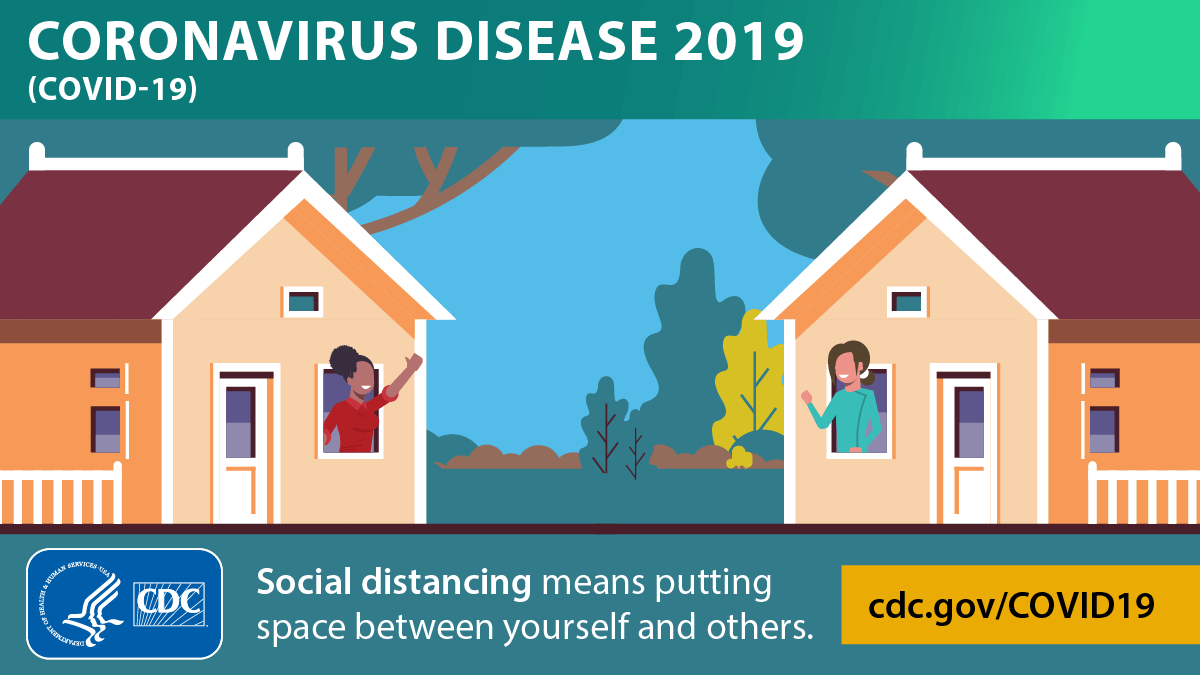Press Briefing by White House COVID19 Response Team and Public Health Officials; December 15, 2021
DECEMBER 15, 2021•PRESS BRIEFINGS
Via Teleconference
11:20 A.M. EST
MR. ZIENTS: Good morning, and thanks for joining us.
Today, we’ll start with an update from Dr. Walensky on Omicron cases in the U.S. and around the world.
Over to you, Dr. Walensky.
DR. WALENSKY: Good morning. Thank you, Jeff. I’d like to start by walking you through today’s data.
The current seven-day daily average of cases is about 117,900 cases per day.
The seven-day average of hospital admissions is about 7,800 per day, an increase of about 7.7 percent over the prior week.
And the seven-day average of daily deaths are about 1,100 per day, which is at an increase of about 5 percent over the previous week. And, of course, tragically, this week as a nation, we mark 800,000 deaths from this virus.
Science is emerging about the Omicron variant with each passing day. Today, I will walk you through the most recent updates.
At least 36 states and over 75 countries have reported confirmed cases caused by the Omicron variant. And yesterday, CDC released data that estimate the prevalence of the Omicron variant based on our national genomic sequencing analysis.
Although the vast majority of cases continue to be Delta, representing about 96 percent of cases across the country, the Omicron variant is now estimated to represent about 3 percent of the cases in the United States.
In some areas of the country, the estimates of Omicron are even higher, including in New York and New Jersey where CDC projects that Omicron could represent about 13 percent of all cases.
In looking at early data on transmissibility of Omicron from other countries, we expect to see the proportion of Omicron cases here in the United States continue to grow in the coming weeks. Early data suggest that Omicron is more transmissible than Delta, with a doubling time of about two days.
What does this mean for individuals and families as we head into the winter months — a time when families may be gathering with one another over the holidays? It means that it is vital for everyone to get vaccinated and boosted if they are eligible.
Given the increase in transmissibility, this also means continuing to be vigilant about masking in public indoor settings, in areas of substantial or high community transmission. And as of now, this represents about 90 percent of all counties in the United States.
Vaccination, boosting, and masking are especially critical for those who are most vulnerable, including seniors, pregnant people, and those who are immunocompromised.
Tomorrow, we will release data on CDC’s COVID Data Tracker that provide a snapshot of national- and state-level data on COVID-19 vaccine and booster effectiveness among residents of CMS-certified long-term care facilities.
The graph displayed here shows COVID-19 cases among nursing home residents by vaccination status, including individuals who are unvaccinated — represented by the top red line; those who are fully vaccinated — represented by the middle blue line; and those who have received an additional booster dose — represented by the bottom green line.
As expected, nursing home residents who are unvaccinated have the highest weekly COVID-19 case rates, which increased from 3.4 to 8.8 per thousand nursing home residents between October 31st to December 5th.
For those who are fully vaccinated, we are starting to see cases increase, which is likely due to the waning of vaccine protection over time.
But the good news is that these data show that nursing home residents who are fully vaccinated and have received a booster dose have a 10 times lower rate of getting SARS-CoV-2 in comparison to those residents who have only received a primary vaccination series or are unvaccinated.
These data also show that COVID-19 case counts are increasing among residents who are unvaccinated and those who received a primary series with a booster — without a booster, while case rates are stable and low among those who have received an additional or booster dose.
Taken together, these data emphasize the critical importance of boosters to optimize the protection of vaccines over time, and that when boosters are used, that protection works.
Throughout the pandemic, we have understood the urgent need to provide protection to our aging populations. And CDC has been actively working to equip nursing homes to best protect their residents and to encourage older Americans to get boosted. These efforts have resulted in approximately 60 percent of eligible seniors receiving a booster already.
More Articles
- Senator Ron Wyden's Office: On Health Care, Inflation Reduction Act Includes the Culmination of Wyden’s Work On the Finance Committee to Address the High Cost of Prescription Drugs
- Press Briefing by White House COVID-19 Response Team and Public Health Officials: Dating Sites Like Bumble, Tinder, Hinge, Match, OkCupid, BLK, Chispa, Plenty of Fish, and Badoo Anouncing Features to Encourage Vaccinations
- Ouch! Needle-Phobic People Scarred by So Many Images of Covid Shots; Facing the Fear (it's technically called trypanophobia)
- How are States Prioritizing Who Will Get the COVID-19 Vaccine First? CDC’s Advisory Committee on Immunization Practices (ACIP) Released an Interim Recommendation For the Highest Priority Group
- On the Buses with Older Warrior Women
- The Dangers of Celebrating Christmas: Injuries from Christmas Trees, Electrical Lights, Sleds and Chimneys
- My Mother’s Cookbook Frosted Cakes: Seven-Minute Frosting, 1234 Cake, Pound Cake Torte and Carrot Cake
- How Health Affects Voter Turnout: There’s An Important Polarization of the Electorate to Consider - The Health Divide
- Stateline: The Elections Are Coming and There's a National Shortage of Poll Workers
- FactCheck.org Highlights Trump’s Fuzzy Medicare Math, "Medicare will be $700 billion stronger over the next decade thanks to our growth." South Dakota, September 7, 2018







